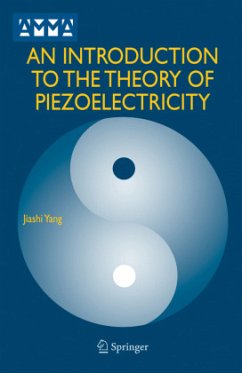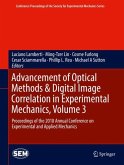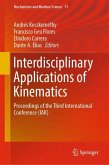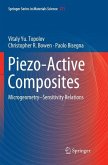This book is based on lecture notes for a graduate course that has been offered at University of Nebraska-Lincoln on and off since 1998. The course is intended to provide graduate students with the basic aspects of the continuum modeling of electroelastic interactions in solids. A concise treatment of linear, nonlinear, static and dynamic theories and problems is presented. The emphasis is on formulation and understanding of problems useful in device applications rather than solution techniques of mathematical problems. The mathematics used in the book is minimal. The book is suitable for a one-semester graduate course on electroelasticity. It can also be used as a reference for researchers. I would like to take this opportunity to thank UNL for a Maude Hammond Fling Faculty Research Fellowship in 2003 for the preparation of the first draft of this book. I also wish to thank Ms. Deborah Derrick of the College of Engineering and Technology at UNL for editing assistance with the book, and Professor David Y. Gao of Virginia Polytechnic Institute and State University for recommending this book to Kluwer for publication in the series of Advances in Mechanics and Mathematics. JSY Lincoln, Nebraska 2004 Preface Electroelastic materials exhibit electromechanical coupling. They experience mechanical deformations when placed in an electric field, and become electrically polarized under mechanical loads. Strictly speaking, piezoelectricity refers to linear electromechanical couplings only.








